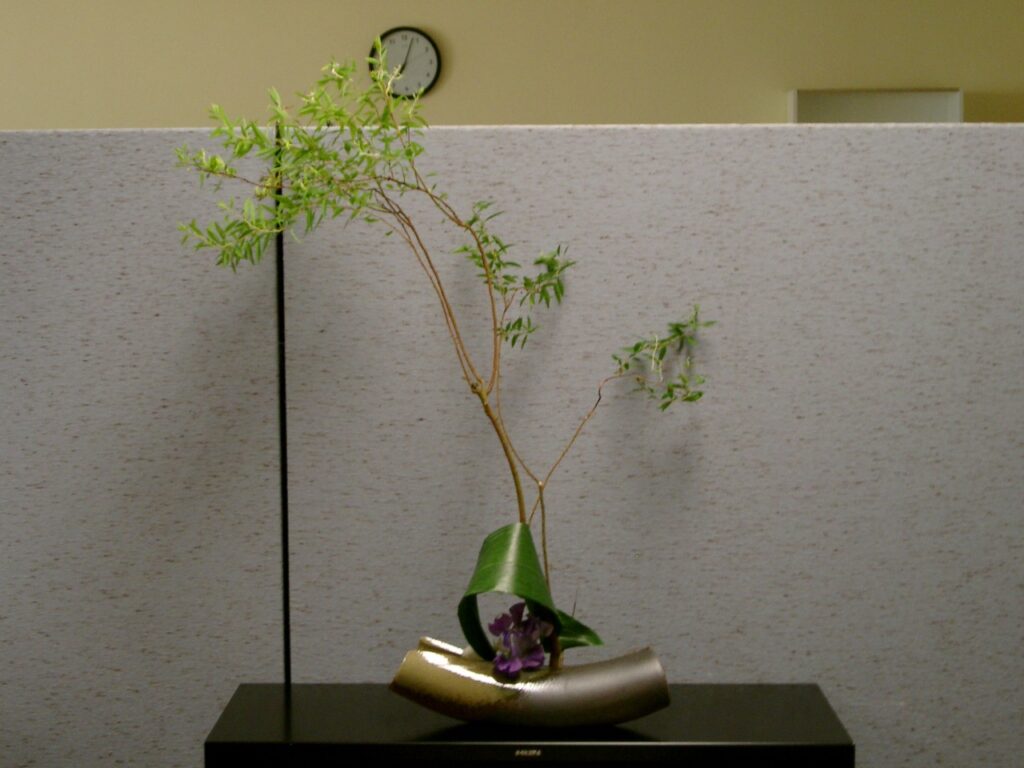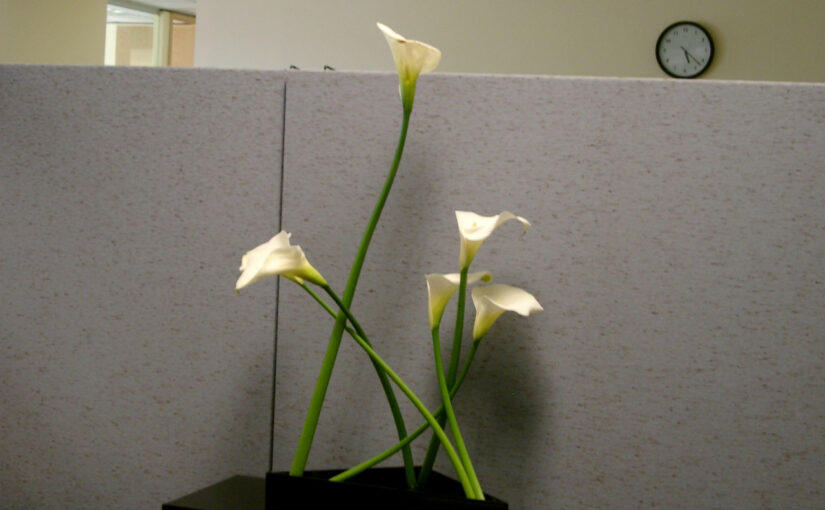I survived the grueling due diligence period thanks to Ikebana
Ikebana arrangement placed at the company entrance: Photo by Author Akemi Sagawa

I founded a Bluetooth software company in November 2000. The dot com bubble already burst, but I managed to raise some venture funds. I hired engineers, salespeople, marketing people, an accountant, et al. I found a small office downtown in Seattle, and my company started to grow.
Prior to starting my company, I was taking Ikebana (Japanese flower arrangement) lessons. As I got really busy running my company, I stopped taking lessons.
Seven years passed. My company with 20 employees found a possible acquirer. A giant semiconductor company in the US. After signing a memorandum of understanding, the potential acquirer sent us a list of more than 200 questions. The due diligence started.
Preparing answers to each one of the questions itself was a daunting task. In addition, our accountant took maternity leave in the middle of the due diligence.
Why look for a new accountant when we were about to be acquired soon? I took over her job and started doing bookkeeping including payrolls and taxes in addition to my executive role.
I was literally working around the clock. Until almost midnight every day. And both weekend days. I had no energy left for anything else, so I thought.
Strangely I started taking Ikebana lessons again. At 5 pm every Thursday, I dropped off everything at work and drove to the class.
The moment I touched flowers, I would forget all the stress and pressure that piled up on me at work. I simply moved my hands. The emptiness filled my mind until I completed my flower arrangement.
After the class, I would drive back to the office before going home. There was nobody there. I displayed my arrangement at the entrance so that my employees could enjoy it the next day. This became my weekly ritual.
This ritual continued for six months until the company was eventually sold. The deal was closed on the Christmas Eve of 2007.
The whole M&A process could be a good writing topic some other time, such as:
- Series of meetings with our legal councils to negotiate with the buyer
- The tension between the management team and employees
- The tension among employees, especially among those who would be kept and those who would be let go
- Conflicts among board members
- A constant need for communication with investors
Without keeping balance in my mind with the help of practicing Ikebana, I wouldn’t have survived the emotional rollercoaster during the due diligence. The successful exit of my business wouldn’t have happened without Ikebana. That’s for sure.

Your story is remarkable. I reread your articles about your initial feelings about Ikebana and then how the art form saved you during the M&A process of your business.
This is not only inspirational but it shows the power of the natural as an opposing force to the rigors of the business world.
Thank you, Sandra, for your kind words!